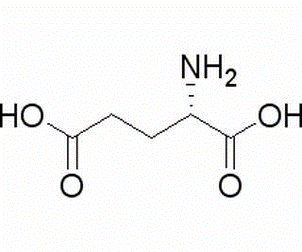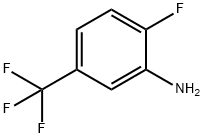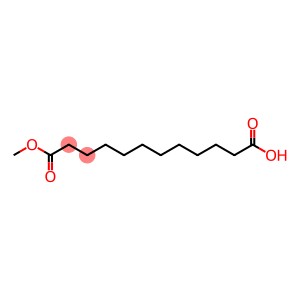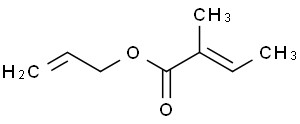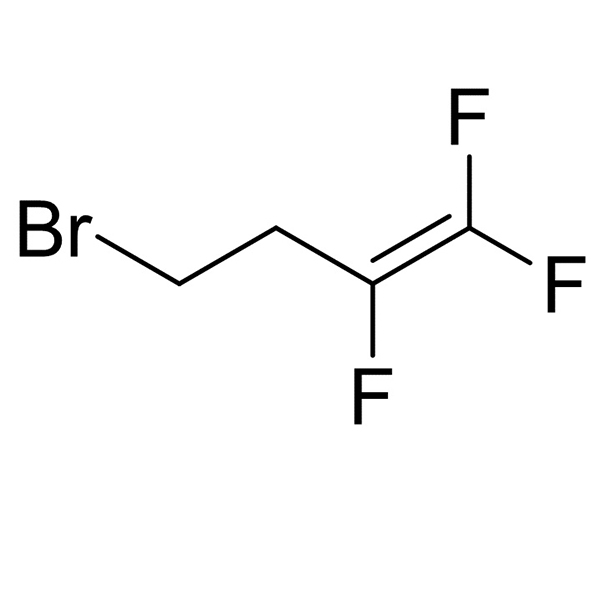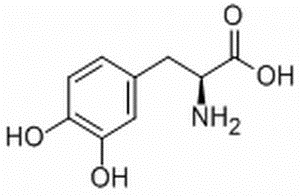L-Glutamic acid(CAS# 56-86-0)
| Hazard Symbols | Xi – Irritant |
| Risk Codes | 36/37/38 – Irritating to eyes, respiratory system and skin. |
| Safety Description | S24/25 – Avoid contact with skin and eyes. S36 – Wear suitable protective clothing. S26 – In case of contact with eyes, rinse immediately with plenty of water and seek medical advice. |
| WGK Germany | 2 |
| RTECS | LZ9700000 |
| FLUKA BRAND F CODES | 10 |
| TSCA | Yes |
| HS Code | 29224200 |
| Toxicity | LD50 orally in Rabbit: > 30000 mg/kg |
Introduction
Glutamic acid is a very important amino acid that has the following properties:
Chemical properties: Glutamic acid is a white crystalline powder that is easily soluble in water. It has two functional groups, one is a carboxyl group (COOH) and the other is an amine group (NH2), which can participate in various chemical reactions as an acid and base.
Physiological properties: Glutamate has a variety of important functions in living organisms. It is one of the basic building blocks that make up proteins and is involved in the regulation of metabolism and the production of energy in the body. Glutamate is also an important component of neurotransmitters that can affect the neurotransmission process in the brain.
Method: Glutamic acid can be obtained by chemical synthesis or extracted from natural sources. Methods of chemical synthesis usually involve basic organic synthesis reactions, such as the condensation reaction of amino acids. Natural sources, on the other hand, are mainly produced by fermentation by microorganisms (e.g. E. coli), which are then extracted and purified to obtain glutamic acid with higher purity.
Safety Information: Glutamic acid is generally considered safe and non-toxic and can be metabolized normally by the human body. When using glutamate, it is necessary to follow the principle of moderation and beware of excessive intake. In addition, for special populations (such as infants, pregnant women, or people with specific diseases), it should be used under the guidance of a doctor.


